Tag: evfta
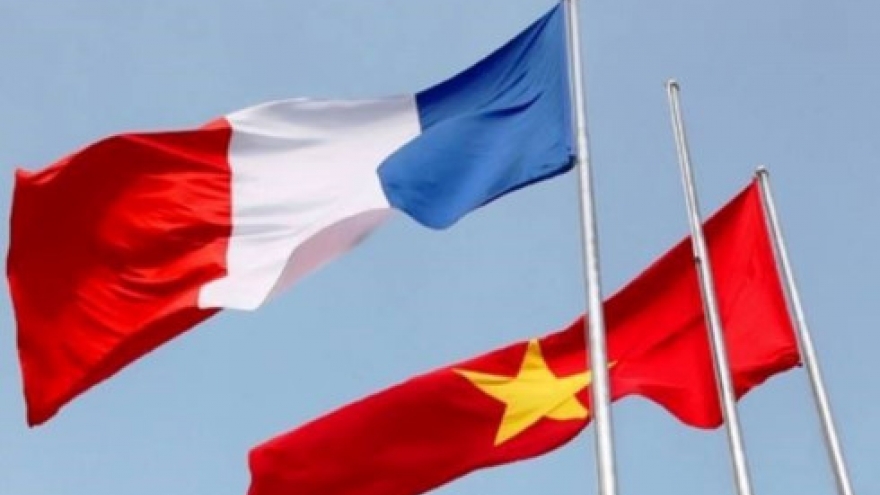
France-Vietnam friendship group affirms its continued support for Vietnam
VOV.VN - The France-Vietnam Friendship Parliamentarians' Group of the Senate of France is ready to support the nation in strategic issues in the near future, said Stephanie Do, chairwoman of the Group

EU, UK firms introduced to opportunities in Vietnam
The multinational financial group HSBC held a webinar on July 1 to introduce business opportunities in the Association of South East Asian Nations (ASEAN) for European Union and UK businesses.
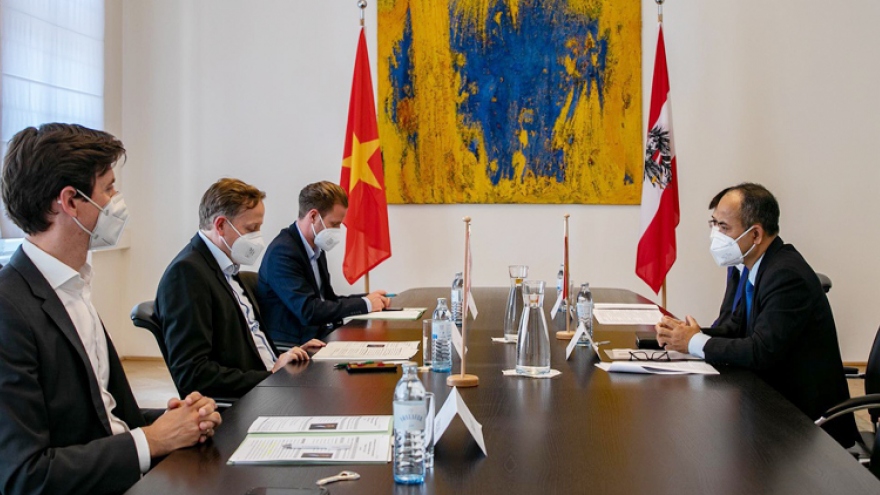
Austria supports EU-Vietnam Investment Protection Agreement
VOV.VN - An Austrian economic official has voiced his country’s support for the EU-Vietnam Investment Protection Agreement (EVIPA) during receiving Vietnamese ambassador to Austria Nguyen Trung Kien on June 30.
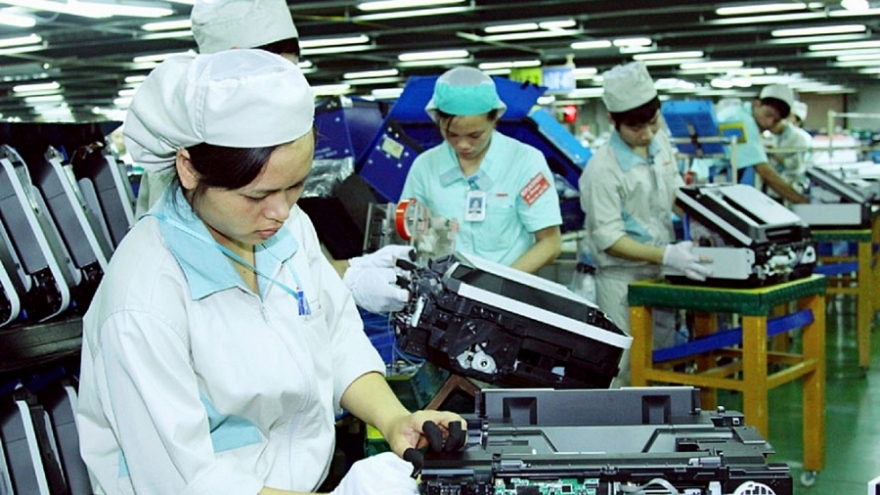
EVFTA set to boost Vietnamese exports to Austrian market
VOV.VN - There remains plenty of room for an expansion of exports to Austria following the enforcement of the EU-Vietnam Free Trade Agreement (EVFTA), according to insiders.
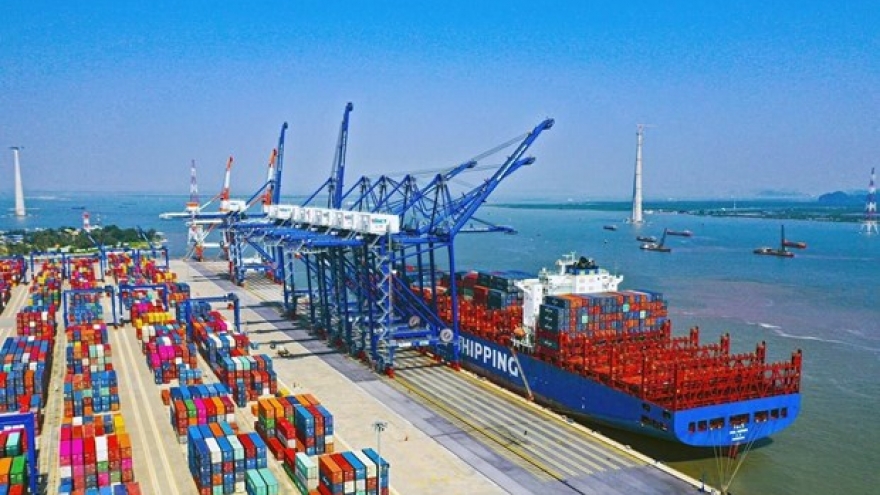
Free trade agreements fuel growth of seaport operators
The volume of cargo going through seaports has been on the increase thanks to free trade agreements (FTAs).
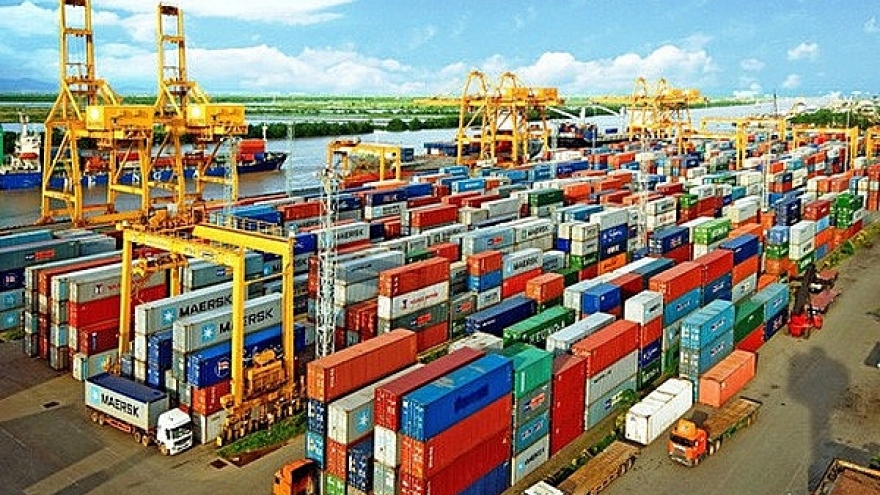
Logistics sector urged to seize upon FTA opportunities
VOV.VN - Vietnam’s participation in several new-generation free trade agreements (FTAs) will serve to create greater opportunities for the development of the local logistics sector, according to industry insiders.

Vietnam's iron and steel exports to EU soar
Iron and steel exports to the European Union (EU) reached 713,000 tonnes in the first five months of this year, up five times year-on-year, reported the General Department of Customs.
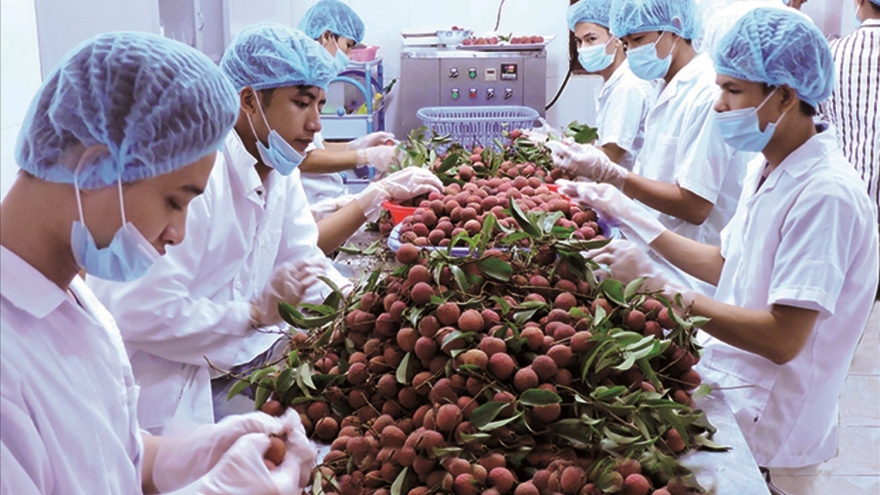
Vietnamese passion fruit, lychees favourites with EU consumers
VOV.VN - Vietnam has exported various kinds of tropical fruits to the European Union, but passion fruit and lychees are among items that are much sought after by EU consumers, according to the Import-Export Department under the Ministry of Industry and Trade.

Local fruit and vegetable sector sets export target of US$3.6 billion
VOV.VN - Vietnam’s fruit and vegetable exports are anticipated to prosper ahead in the fourth quarter of the year and are likely to achieve the export target of between US$3.5 billion and US$3.6 billion, according to forecasts made by the Agro Processing and Market Development Authority.
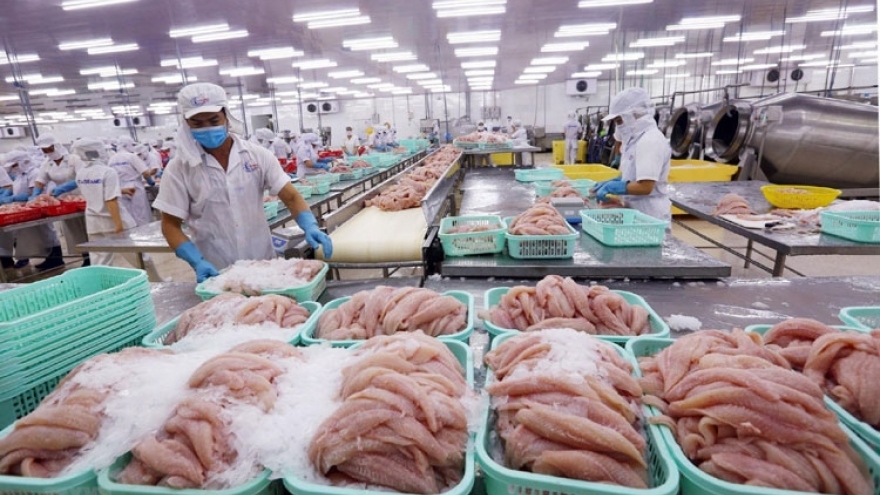
Concrete strategy needed to boost agro-fisheries exports to France
VOV.VN - A fully-developed strategy is required in order to bolster the nation’s agro-fisheries exports to the French market, especially as these products account for just a small proportion of total export turnover of Vietnamese goods, according to industry insiders.
